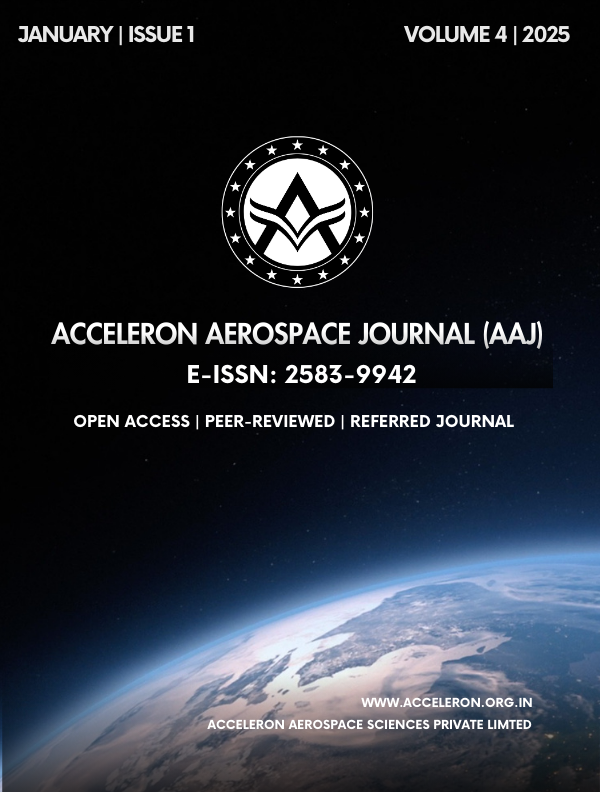Exploring the Role of Gravitational Waves in the Evolution of the Universe: Tracing Origins in Overlapping Gravitational Waves
DOI:
https://doi.org/10.61359/11.2106-2506Keywords:
Gravitational Waves, Astronomy, Astrophysics, Evolution of UniverseAbstract
Gravitational wave detections have revolutionized astrophysics, enabling observations of cosmic phenomena beyond electromagnetic waves. These new observation techniques allow us to see through dense regions where light can’t provide enough information, such as black hole mergers. However, the transient noise and the overlapping signals pose a challenge, significantly hindering the trace of the origin. This study investigates potential overlapping circumstances as well as solutions for addressing them. One proposed solution to resolve overlapping signals is the comparison of detected frequencies using a Bayesian Inference and template matching technique. Possible approaches include improving sensitivity and signal processing techniques in current detectors such as LIGO and VIRGO. Space-based detectors like LISA, Taiji, and TianQin are set to launch, but techniques to interpret the signals are still under development. This methodology allows astrophysicists to distinguish high strain and provide a pre-collision stage. Furthermore, extensive research into gravitational waves and signal characteristics can improve signal interpretation and advance our understanding of the evolution of the universe. The improvement holds a potential benefit in examining the properties of astrophysical sources, particularly in differentiating the overlapping gravitational background, and thus will improve multi-messenger astronomy.
Downloads
Downloads
Published
How to Cite
Issue
Section
Categories
License
Copyright (c) 2025 Acceleron Aerospace Journal

This work is licensed under a Creative Commons Attribution 4.0 International License.
The Acceleron Aerospace Journal, with ISSN 2583-9942, uses the CC BY 4.0 International License. You're free to share and adapt its content, as long as you provide proper attribution to the original work.





